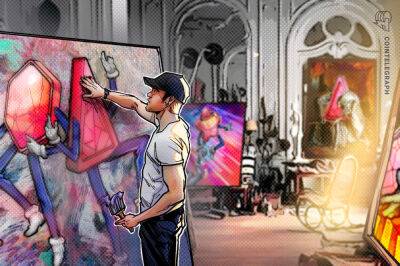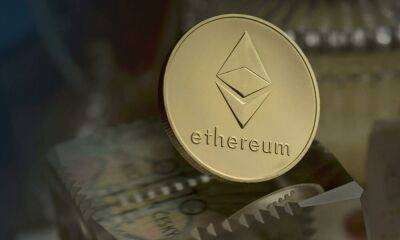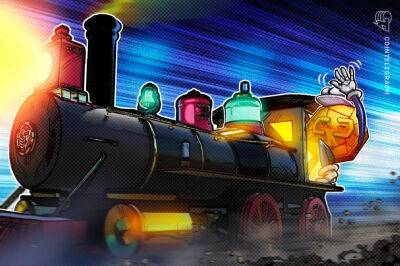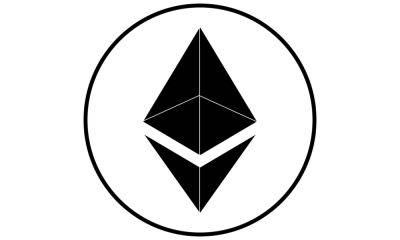How blockchain gaming is booming despite challenges
Siddharth Jaiswal
Based on the technology that powers the ever-popular cryptocurrencies such as Bitcoin and Ethereum, blockchain gaming is taking off really fast. It provides true ownership of in-game assets to players that can be cashed out and converted to fiat money (a government-issued currency not backed by commodities like gold). Gamers can even transfer their assets from one blockchain game to another. These games are based on a play-to-earn model, enabling gamers to monetise the time invested here. Perhaps, this is the primary driving force behind the blockchain gaming industry's sudden boom.
The Blockchain Game Alliance's Annual Report 2021 highlighted that the third-quarter revenue of this industry amounted to $2.3 billion. Nearly 22 percent of Non-Fungible Tokens (NFTs) traded this quarter were blockchain games' assets. Suffice to say that blockchain gaming has its finger on the pulse of NFTs. By the end of 2022, the overall gaming industry (including Web2 and Web3) is forecasted to reach $196 billion. Industry experts are confident that it will tap this potential market in the coming years. After all, Web3 is the future.
Now the question is, what separates Web3 gaming from Web2?
Web2 Gaming Vs Web3 Gaming
Games that are not based on blockchain technology and are entirely under the control of game developers are categorised as Web2 games. However, over the period, certain limitations of Web2 games are bringing it down.
The whole ecosystem of Web2 video games is under developers' control. There is little freedom for the players. In contrast, Web3 games offer more space to players, allowing them to actively contribute to the expansion of the gaming universe. User-generated content is encouraged, and players are given
Read more on moneycontrol.com



 moneycontrol.com
moneycontrol.com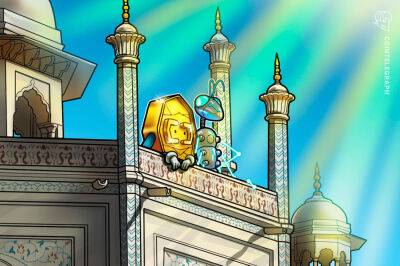
![With Avalanche [AVAX] diving into the metaverse, is a recovery on the cards - ambcrypto.com - city Santiment](https://finance-news.co/storage/thumbs_400/img/2022/5/9/24812_z2ear.jpg)







![Brock Pierce - Fox Business - Bitcoin [BTC] to $0 or $1,000,000? That is the question for the king coin - ambcrypto.com](https://finance-news.co/storage/thumbs_400/img/2022/5/9/24759_w4wtl.jpg)
![Terra [LUNA] loses $6 billion in TVL in under two days thanks to this… - ambcrypto.com - city Santiment](https://finance-news.co/storage/thumbs_400/img/2022/5/8/24748_oifc.jpg)

